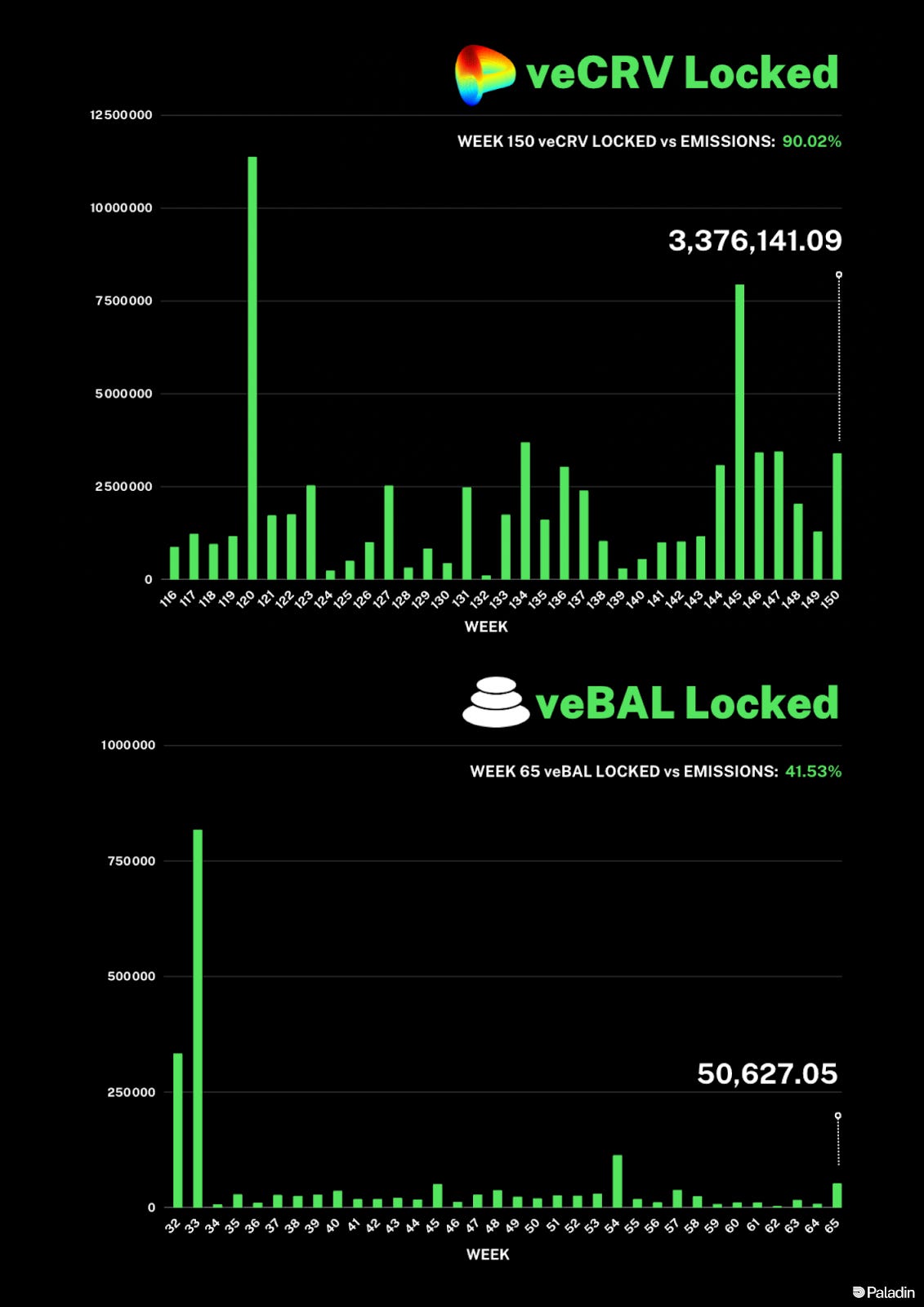$MAV is finally out and completes the puzzle allowing a novel AMM to enter and squeeze the liquidity wars. It is now time to dive into how Maverick reshaped the concentrated liquidity landscape while harnessing the power of veTokenomics.
Every DeFi aficionados is already familiar with the evolution of AMMs since 2018, starting with Uniswap’s product constant (x*y=k), into Curve’s stableswap formula, into Uni v3 concentrated liquidity, without even mentioning all Balancer’s pool configurations.
Maverick took it even further by allowing total customization of your liquidity structure with improved position management features allowing liquidity providers to follow the price of an asset even in a highly responsive way.
In contrast to Curve and Balancer ecosystems where the liquid locker market experienced long periods of monopoly, we can already witness the harbingers of a lockers race on top of Maverick.
Driven by a new generation of AMM and incentivisation model, a new kind of liquid lockers will arise, with a different set of key features necessary to best harness the new DEX’s flywheel. In this article we seek to define some of them and describe the changes it requires on the locker’s structure.
Before diving deeper into some case study on liquid lockers, let’s highlight several metrics that show the increased capital efficiency brought by such innovative DEX.
Starting with the most obvious LP centric improvement, during its first four months in production Maverick offered a consistently higher volume/tvl ratio than its competitors, reducing by almost 100x the operational costs of incentives to maintain a similar volume and fee rate compared to Curve.
Moreover, thanks to its concentrated liquidity structure Maverick allows users to avoid the inefficiency of idle pooled assets and compete with the boosted pool model from Balancer in a more straightforward manner, which has proven to be extremely efficient for pegged assets pairs (Stablecoin / LST).
Interestingly, from the technical analyst perspective an analysis of LP behavior and privileged strategies (Static, Right, or Left mode) on major assets like ETH can indicate market trends expectations similarly to an order book.
Finally, Maverick provides customizable tools for liquidity providers (LPs) that overlap with certain aspects of UniV4 hooks. The similarity in their offerings has not gone unnoticed, notably regarding the fees auto-compounding mechanism.
Spiral Case Study :
Spiral DAO recently announced in a combination of threads and article the launch of the project’s first liquid locker, focused on Maverick ecosystem. The rationale behind this development axis suits perfectly with their slogan of “novel DAO model bringing innovation into yield farming, bribe markets, and VeTokenomics.“, thus let’s explore the features that could catapult them into the limelight.
The value proposition of the sprMAV wrapper relies on a very accurate interpretation of Maverick design, stating that users’ alienation from their voting power is a huge issue considering that the protocol naturally encourages competition for incentives between *liquid* voters and liquidity providers.
On one hand Maverick strengthen the voting flywheel by offering an extremely fragmented yet efficient and composable incentivisation model, which is supported by sprMAV characteristics retaining all utility of the locked token while allowing for a fast exit liquidity.
On the other hand, shifting from the ve voting incentives models, “bribes” can be allocated strategically to LP who supply in a specific boosted position, effectively driving liquidity on desired price ranges maintaining the wrapper peg. Spiral yield bonding feature could also enhance maverick LPs yield in the same fashion than sprMAV voters receive vote incentives and fee sharing, in the form of SPR.
To summarize it, vote incentive creators can capture MAV emissions to bootstrap their protocol owned liquidity, veMAV holders’ APR come from gauge incentives and fee sharing ; whereas LP are eligible to a similar bribing system which incentivize to supply liquidity in a specific price range (called Bin), mechanically driving price upward if combined with the voting incentives flywheel. This opens doors for arbitrage between DEXs and opportunities for user oriented MEV as it was introduced in the Uni v4 whitepaper.
Following TokenBrice’s reasoning on his veMAV article as well as the rational expressed by Spiral team in their latest medium, an optimal configuration to strengthen the wrapper peg and liquidity would take advantage of a Boosted Position incentivizing only MAV liquidity in a sprMAV/MAV pool, encouraging new LPs to add only MAV to the pool effectively allowing the project to rent and afford costs only for the liquidity they need. This Boosted Pool would use the static mode with concentrated liquidity going from 1 sprMAV = 0.9 MAV to 1 sprMAV = 1 MAV.
In conclusion, Maverick is a very promising player entering the neverending liquidity wars, with a design leveraging every existing AMMs innovations for the sake of capital efficiency, combined with the most well thought incentivization model, to create healthy competition and composability within its own ecosystem.
s/o AkgEmilio who helped co-writing this article.





